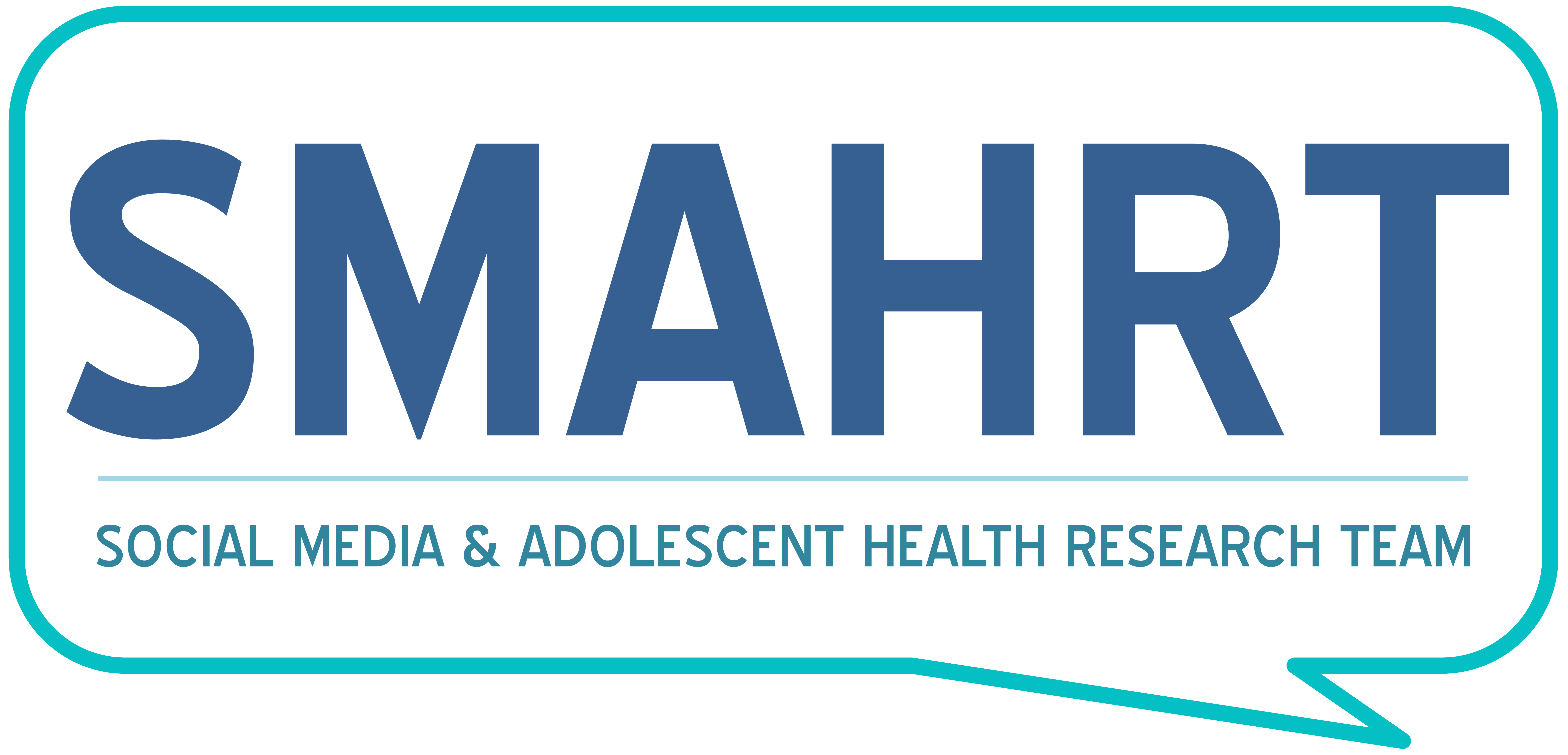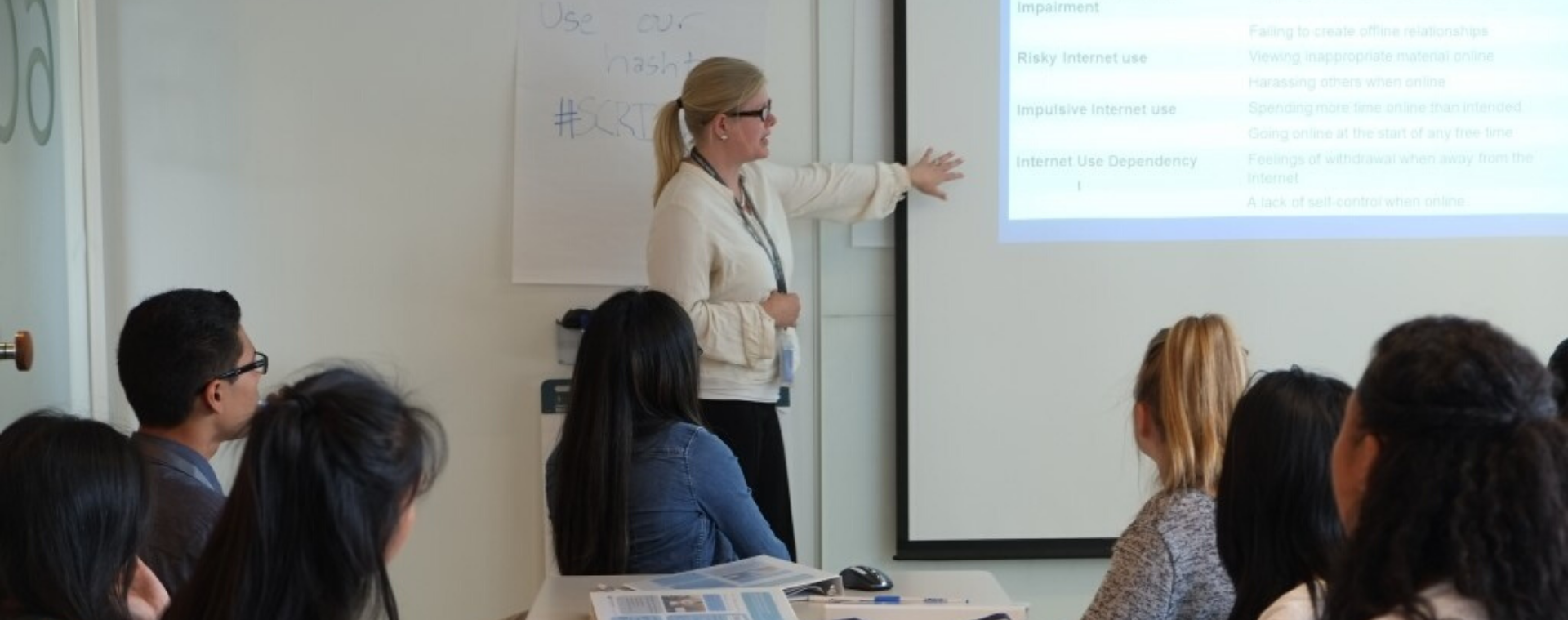Erin Kelleher was a member of SMAHRT during her sophomore year as an undergraduate student at UW-Madison. Now ten years later, she is in her last year of medical school and is completing her research elective with SMAHRT. Below, Erin discusses her past and present projects. She also shares her thoughts on the relationship between social media and mental health.
Q: How did you get involved with SMAHRT as an undergraduate?
A: I went to UW, and my sophomore year, I took a biology class. We had to do a research project, so I emailed a bunch of different research labs, and Dr. Moreno was one of the only people to get back to me.
Q: What type of work were you involved in when you first joined?
A: When I first started, I was looking at depression displays on Facebook, and then I also helped do some focus groups about privacy settings, as well.
Q: Tell us about your work after SMAHRT.
A: I have been in and out with SMAHRT an awful lot. When Dr. Moreno first went to Seattle, I started doing research with a different professor at UW. I was doing social media work with adolescents and young adults with connective tissue diseases, which are rare genetic disorders. I did a content analysis on different social media sites with a syndrome called Marfan syndrome, which is a type of connective tissue disease. I also did a survey where I asked about social media use in young adults and adolescents with a broader range of connective tissue diseases.
Q: So what inspired you to rejoin the SMAHRTeam as a medical student?
A: I’m in medical school right now, and I wanted to take a research elective, so whenever I have time to do research, I always reach out to Dr. Moreno to see if she has anything for me to work on. SMAHRT is always busy with stuff, so I feel very fortunate to easily be able to work with the team.
Additionally, I wanted to look at eating disorders during the Covid-19 pandemic in adolescents and young adults because there has been a huge increase in eating disorders, and I wanted to learn more about what was going on.
Q: In your study on eating disorders, what have you found so far?
A: Well, we’re in the beginning stages, so we’re still waiting for our participants, but while doing the literature search, there’s not a ton out there right now just because it’s so current. What I found is that a lot of the studies have focused on eating disorders diagnosed by a clinic, like eating disorder patients who are already in a treatment program or were in the hospital. They’re getting more information on more severe eating disorders, but not really getting eating disorders on the less severe side.
Q: In your personal opinion, how can technology support adolescent mental wellness?
A: There are so many ways that technology can support adolescents. I’ve seen a lot of physicians and public health officials on social media. They’re posting factual content, which is really important right now because a lot of other people are posting things that are not factual. Adolescents need to see someone they trust and know that the information is credible. People who are posting positive content, like body positivity or just positive mental health posts, I think really make a difference for adolescents. Also, from my experience, people with rare conditions can connect with other people with the same condition that they might not have met in their offline life. In my studies, they found that most young people do want to connect to other people who have similar conditions.
Q: In terms of social media and adolescent health, what would be on your priority list moving forward?
A: My biggest priority is the Covid-19 pandemic and just making sure that adolescents have support. I know that they’re struggling a lot with their mental health. For me, providing fact-based information is very important even if it’s not targeted towards adolescents. I think the more people we can help, even adults, by following the COVID-19 guidelines, the faster we can be done with this pandemic. I think also just with the current political climate, continuing to show support for the LGBTQ+ community, just knowing that there are people out there that truly care and support via social media is a great way to get that message out.


